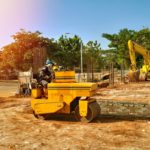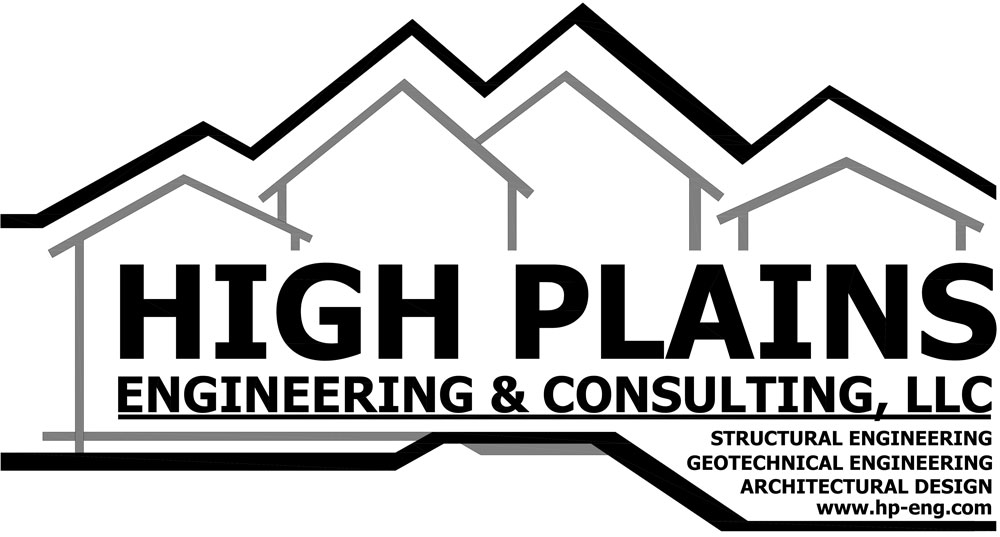
Foundation cracks are a common concern for homeowners, and they can come in different shapes and sizes. Two of the most frequently observed types are vertical cracks in foundation and horizontal cracks in foundation. Although both may look alarming at first glance, understanding the differences between them is crucial for determining their causes and addressing them properly. Foundation wall cracks can occur due to a variety of factors, ranging from natural settling to more severe structural issues. In this blog, we will explore what causes these cracks, how to differentiate between vertical and horizontal cracks, and what homeowners should do... View Article

When it comes to constructing roads, driveways, and other surfaces, choosing between asphalt and concrete can be a challenging decision. Both materials have unique attributes that make them suitable for different applications. Understanding the differences, advantages, and drawbacks of each can help you make an informed decision. In this blog, we delve into the key aspects of asphalt and concrete pavements, exploring their pros, cons, and considerations to help you decide which is best for your needs. Material Composition and Application The primary difference between asphalt and concrete pavements lies in their composition. Asphalt is made from a mixture of... View Article

The field of pavement engineering is vital to modern infrastructure, ensuring that roadways, runways, and other surfaces meet the demands of increasing traffic loads and environmental challenges. One of the critical parameters in pavement design and analysis is the resilient modulus, a concept rooted in geotechnical engineering and soil mechanics. This parameter provides engineers with a deeper understanding of the behavior of materials under repeated loading, making it an indispensable factor in constructing durable and sustainable pavements. What is Resilient Modulus? Resilient modulus is a measure of a material’s ability to recover its shape and size after being subjected to... View Article

When constructing a building, ensuring the stability and longevity of its foundation is paramount. A critical element in this process is achieving the correct compaction percentage for the soil beneath the foundation. Proper soil compaction not only strengthens the ground but also minimizes risks such as uneven settling and structural damage. This guide delves into the importance of soil compaction for foundations, foundation soil requirements, and soil compaction standards for foundations, helping builders and engineers establish a secure base. Understanding Soil Compaction for Foundations Soil compaction is the process of reducing the volume of air within the soil, making it... View Article

In the realm of construction and geotechnical engineering, the significance of a Proctor test cannot be overstated. From preparing the foundation for towering skyscrapers to ensuring the durability of roadways, this essential soil compaction test lays the groundwork for structural stability. By examining the relationship between soil moisture and density, a Proctor test provides critical insights that contribute to the success and longevity of construction projects. This blog delves into the reasons why a Proctor test is important, its methodology, and its role in construction. Understanding the Proctor Test A Proctor test, named after engineer Ralph R. Proctor, is a... View Article


 HPEC is an active member of CAGE
HPEC is an active member of CAGE



